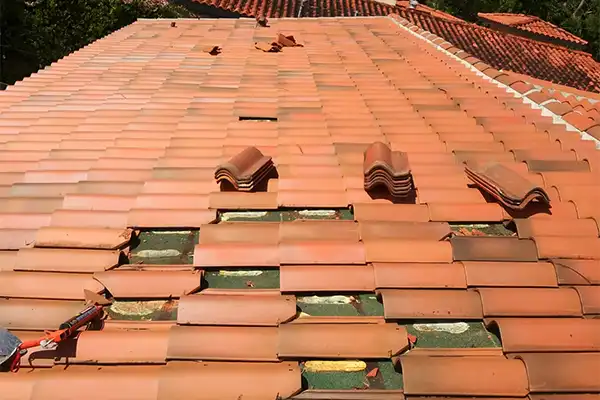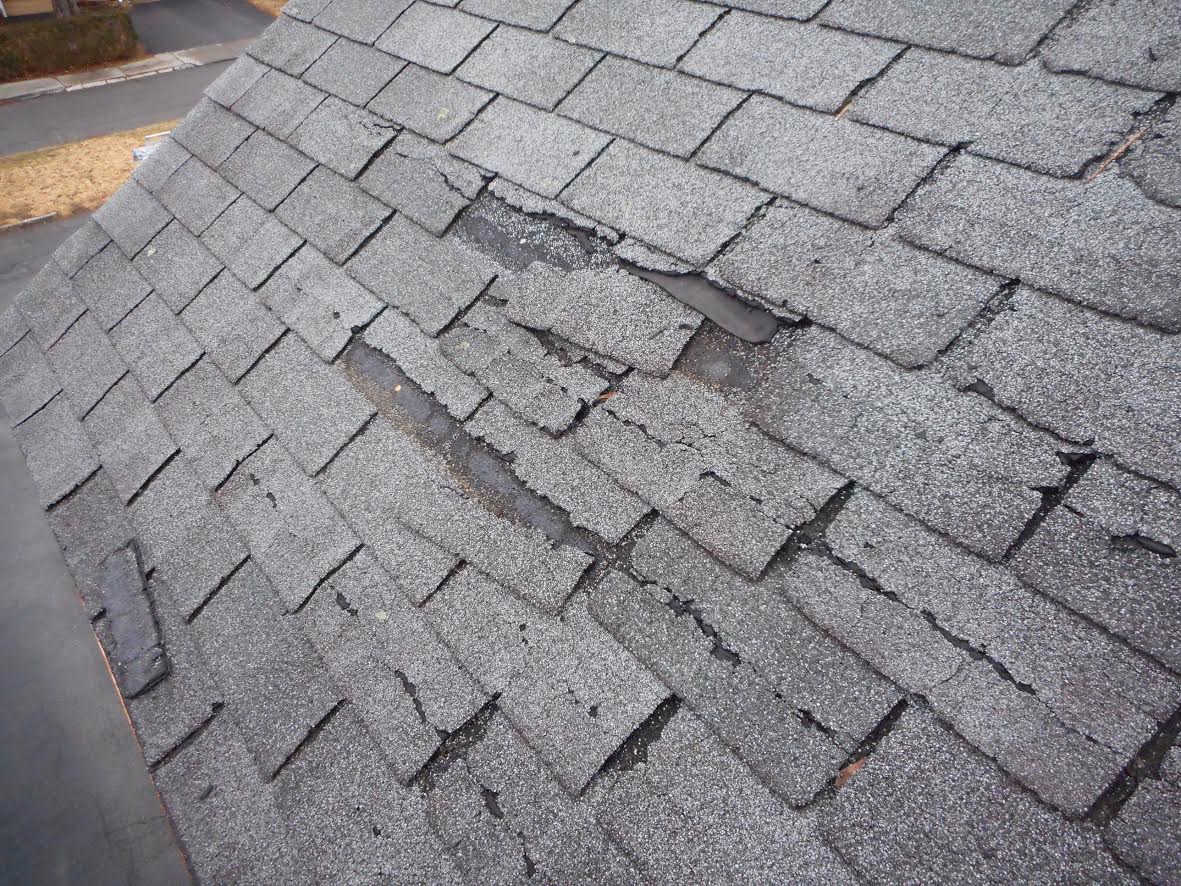TABLE OF CONTENTS
Hailstorms in the Miami, FL area can wreak havoc on properties, and being able to identify hail damage is crucial for homeowners. While the damage may not be immediately evident, knowing what to look for can save you time and money in the long run. Let’s explore five effective ways to spot hail damage and protect your property in Miami, FL.
- Inspect Your Roof for Hail Damage: Your roof is the first line of defense against hail, and it’s essential to assess its condition after a storm. Depending on the size of the hail and the type of roof, you may find dents, cracks, or missing granules on the shingles. In severe cases, entire shingles may be torn away, leaving your roof deck or underlayment exposed.
- Examine the Outdoor Areas and Structures: Hailstorms can harm not only your home but also outdoor structures like sheds, pergolas, and your beloved garden. Take a closer look at these areas for dented metal or splintered wood, as well as any signs of damage to plants. Stripped leaves or flowers might indicate a recent hail impact.
- Check the Windows and Doors for Signs of Hail Damage: Windows and doors are susceptible to hail damage due to their vulnerable surfaces. Inspect your windows for cracked or shattered glass, torn screens, or any dents and chips on doors. Even minor signs can signify hail damage, so pay attention to detail during your inspection.
- Scrutinize the Siding and Exterior Walls: Large or wind-driven hailstones can leave their mark on your home’s siding and exterior walls. Take a closer look for dents, cracks, or holes in the siding. Brick walls may show signs of chipping or discoloration as well. Careful examination will ensure that no damage goes unnoticed.
- Spot Hail Damage on Your Vehicle: Vehicles are often prime targets for hail, and their surfaces can bear the brunt of the storm. After a hailstorm, carefully inspect your vehicle for dings and dents, paying particular attention to the roof and hood. In severe cases, windows, mirrors, or lights may be damaged as well.
Understanding the Next Steps after Spotting Hail Damage Miami FL
After recognizing the presence of hail damage, it is crucial to promptly undertake necessary measures to avoid additional harm to your property. Begin by thoroughly documenting the damage using elaborate photographs and detailed notes. This collection of evidence will prove to be extremely valuable when submitting an insurance claim. Subsequently, reach out to your insurance company without delay to initiate the claims procedure and consider seeking assistance from a reputable Miami roofer if necessary.
Living in Miami, FL, hailstorms may not be a common occurrence, but their impact can be significant. Equipping yourself with the knowledge to identify hail damage enables you to react promptly, minimizing potential damage and expenses. By staying vigilant and proactive, you can protect your property and ensure a swift recovery from the aftermath of a hailstorm.
Deciphering Hail Damage on Miami Roofs: A Five-Step Guide
Hail damage to rooftops in Miami, FL is frequently overlooked, underestimating its impact. Although roofs may appear resilient, they remain vulnerable to hail. The consequences of this damage can take different forms, such as dents, fractures, and the loss of granules on shingles. In severe hailstorms, shingles may be completely displaced, leaving the roof deck or underlayment exposed. It is crucial to recognize these indications to prevent additional harm. Seeking the expertise of a local roofing contractor can help address these issues effectively without altering the existing details.
Unveiling Hail Damage On External Structures in Miami
In the aftermath of a hailstorm, various outdoor structures may exhibit distinct signs of damage. Sheds, pergolas, and gardens often suffer the wrath of hailstorms, displaying symptoms like dented metal parts or wood splintered to its fibers. Moreover, an unexpected victim of hailstorms is the garden foliage, with plants potentially stripped of their leaves or blossoms, hinting at a recent hail encounter.
Detecting Hail Damage On Doors And Windows In Miami
Doors and windows constitute a vulnerable front against hail damage. Subtle clues like chipped or shattered windows, torn screens, and blemishes or chipping on doors are indicative of hail damage. Given the seemingly insignificant nature of these signs, a meticulous inspection is imperative for accurate damage assessment.
Investigating Hail Damage On Exterior Walls And Siding In Miami
Under the onslaught of sizable, wind-driven hail, the siding of homes may exhibit dents, cracks, or even punctures. Brick walls, too, might show signs of hail damage, such as discoloration or flaking. These visible markers highlight the necessity of vigilant inspection post-hailstorms.
Identifying Hail Damage On Vehicles In Miami
In the realm of hail damage, vehicles are often low-hanging fruit. The roof and hood, in particular, may sport a pattern of dings and dents post-hailstorm. In more severe scenarios, the damage extends to windows, mirrors, or lights. Therefore, a thorough check of your vehicle is paramount in these situations.
Navigating Post-Hailstorm Procedures In Miami
Upon detecting hail damage, swift action is required to inhibit further destruction to your property. Documenting the damage through photographs and descriptive notes aids in this process. Subsequently, reaching out to your insurance provider kickstarts the claims process, helping you recover and rebuild faster.
Inhabitants of Miami, FL might not regard hailstorms as frequent hazards. However, when they do strike, their effect is significant. Familiarity with hail damage identification techniques enables quick response, lessening prospective damage and costs.
Frequently Asked Questions
1. How often does hail occur in Miami, FL?
While Miami doesn’t experience hail as frequently as other parts of the country, it does occur occasionally. On average, there are less than five days of hail per year.
2. What size hail causes damage?
Typically, hail needs to be at least 1 inch (the size of a quarter) to cause damage to hard surfaces like roofs and cars. However, even smaller hail can damage plants and other soft materials.
3. Should I inspect my roof immediately after a hailstorm?
Yes, but be cautious. It’s essential to inspect for damage soon after a storm, but safety should always come first. If you’re not comfortable climbing onto your roof, consider hiring a professional to do the inspection.
4. Does insurance cover hail damage?
Most homeowners and auto insurance policies cover hail damage. However, coverage can vary, so it’s important to check with your insurance provider.
5. What can happen if hail damage is not addressed promptly?
Unaddressed hail damage can lead to serious problems over time, such as leaks and structural damage to your property. In the case of vehicles, small dents can lead to rust or other long-term damage.



